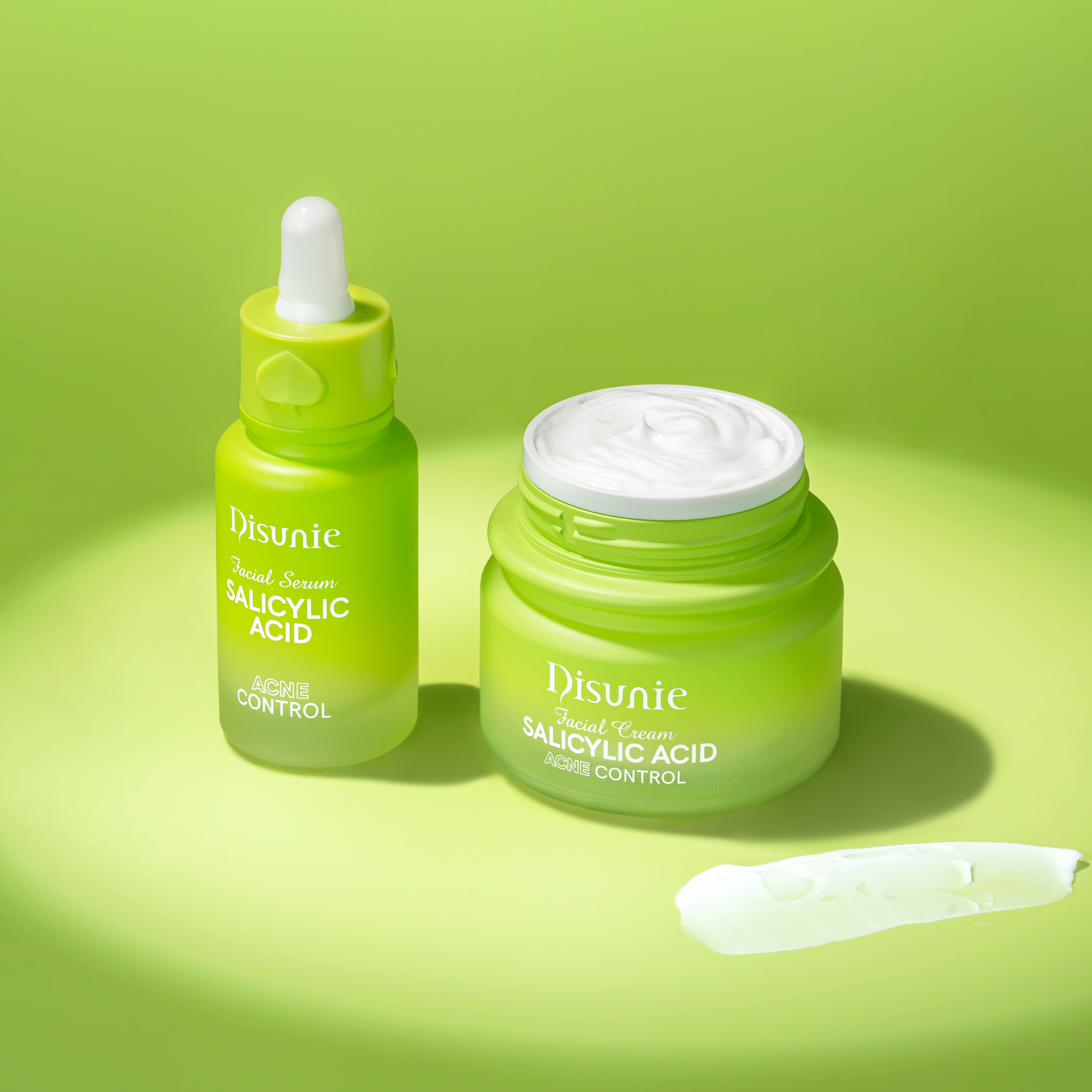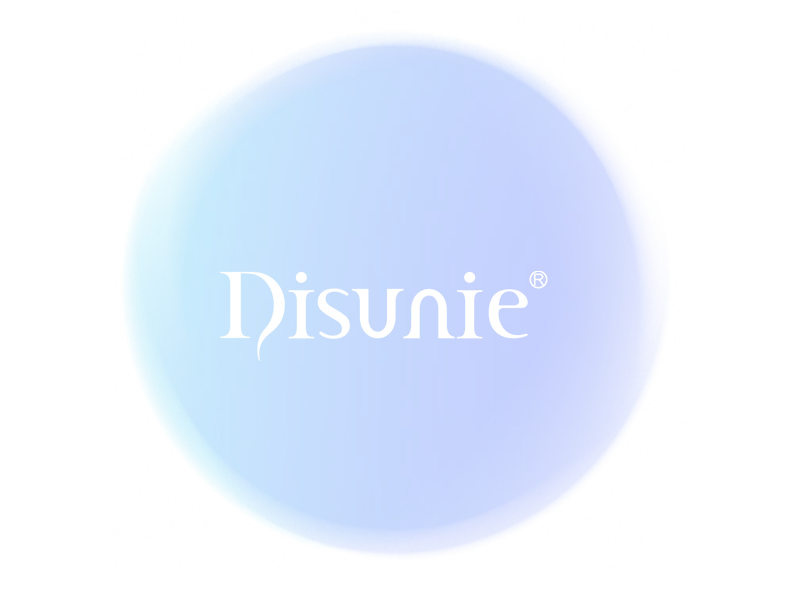Your Skin Deserves It: The Transformative Power of Glycolic and Lactic Acid Cleansers
Nov 09,2025
Your Skin Deserves It: The Transformative Power of Glycolic and Lactic Acid Cleansers
Your skin deserves the best care, and incorporating effective ingredients into your skincare routine is essential. **Glycolic acid** and **lactic acid cleansers** have gained immense popularity in the beauty community, and for good reason. Both ingredients are alpha hydroxy acids (AHAs) that offer remarkable benefits for your skin. This article delves into the world of glycolic and lactic acid cleansers, their benefits, how they work, and how you can integrate them into your skincare arsenal. Let’s embark on this journey towards achieving radiant skin!
Table of Contents
- 1. Introduction to Glycolic and Lactic Acid
- 2. How Glycolic Acid Works
- 3. Benefits of Glycolic Acid Cleansers
- 4. How Lactic Acid Works
- 5. Benefits of Lactic Acid Cleansers
- 6. Glycolic Acid vs. Lactic Acid: Which is Right for You?
- 7. How to Use Glycolic and Lactic Acid Cleansers
- 8. Common Questions and Myths
- 9. Conclusion
1. Introduction to Glycolic and Lactic Acid
Glycolic and lactic acids are derived from natural sources. Glycolic acid is derived from sugar cane, while lactic acid is found in milk. As part of the alpha hydroxy acid family, both acids are renowned for their exfoliating properties. They help to exfoliate the skin’s surface, promote cell turnover, and improve overall skin texture.
The Role of AHAs in Skincare
AHAs, including glycolic and lactic acids, work by loosening the bonds between dead skin cells, allowing for easier removal. This process reveals fresher, healthier skin beneath, resulting in a more radiant complexion. Regular use of these acids can help reduce the appearance of fine lines, wrinkles, and dark spots. They are particularly beneficial for individuals with dull or uneven skin tone.
2. How Glycolic Acid Works
Glycolic acid is the smallest molecule in the AHA family, allowing it to penetrate the skin effectively. Once applied, it breaks down the bonds between dead skin cells, promoting exfoliation. This process not only reveals a brighter complexion but also encourages the production of new skin cells.
Cell Turnover and Skin Renewal
Enhanced cell turnover is one of the significant benefits of glycolic acid. By accelerating skin renewal, glycolic acid can help minimize the appearance of acne scars, fine lines, and hyperpigmentation. It also boosts collagen production, contributing to firmer, more youthful skin.
3. Benefits of Glycolic Acid Cleansers
Incorporating glycolic acid cleansers into your skincare routine offers numerous benefits:
- Improved Skin Texture: Regular use of glycolic acid cleansers can result in smoother skin texture, reducing the appearance of rough patches.
- Brightening Effect: Glycolic acid helps to brighten the complexion by removing dead skin cells and promoting cell turnover.
- Acne Treatment: It can help unclog pores and reduce acne breakouts, making it an excellent choice for oily and acne-prone skin.
- Minimized Fine Lines: By stimulating collagen production, glycolic acid cleansers can help reduce the appearance of fine lines and wrinkles.
4. How Lactic Acid Works
Lactic acid, while also an AHA, has a larger molecular structure than glycolic acid, making it gentler on the skin. This characteristic makes it a suitable option for sensitive skin types. Lactic acid works similarly to glycolic acid by loosening dead skin cells and promoting exfoliation.
Hydration and Moisture Retention
A notable difference between glycolic and lactic acids is lactic acid's ability to attract and retain moisture. This hydrating property makes it an excellent choice for dry or dehydrated skin, as it works to improve skin hydration levels while exfoliating.
5. Benefits of Lactic Acid Cleansers
Using lactic acid cleansers offers several advantages:
- Gentle Exfoliation: Lactic acid provides effective yet gentle exfoliation, making it ideal for sensitive skin.
- Increased Hydration: It helps to draw moisture into the skin, maintaining skin hydration and softness.
- Brightening Properties: Similar to glycolic acid, lactic acid can help achieve a more radiant complexion by removing dead skin cells.
- Improved Skin Tone: Regular use can lead to a more even skin tone, reducing the appearance of dark spots.
6. Glycolic Acid vs. Lactic Acid: Which is Right for You?
Choosing between glycolic and lactic acid cleansers largely depends on your skin type and concerns:
Glycolic Acid: Best for Oily or Acne-Prone Skin
If you have oily or acne-prone skin, glycolic acid may be the better option. Its ability to penetrate the skin deeply makes it effective for unclogging pores and reducing breakouts.
Lactic Acid: Best for Sensitive or Dry Skin
On the other hand, if you have sensitive or dry skin, lactic acid may be more suitable due to its gentler formulation and hydrating properties. It provides effective exfoliation without causing irritation.
7. How to Use Glycolic and Lactic Acid Cleansers
To maximize the benefits of glycolic and lactic acid cleansers, follow these steps:
Step 1: Patch Test
Before using any new product, perform a patch test to ensure you don’t have an adverse reaction. Apply a small amount of the cleanser to a discreet area of skin and monitor for any irritation.
Step 2: Start Slow
When introducing glycolic or lactic acid cleansers into your routine, start with a few times a week and gradually increase usage as your skin becomes accustomed to the acids.
Step 3: Follow with Hydration
After cleansing, always follow with a hydrating toner or moisturizer to replenish moisture levels and prevent dryness.
Step 4: Use Sunscreen
AHAs can increase your skin's sensitivity to the sun, so it is crucial to use sunscreen during the day to protect your skin.
8. Common Questions and Myths
Q1: Can I Use Glycolic and Lactic Acid Cleansers Together?
A1: While both acids can provide excellent results, it is best to use them at different times to avoid irritation. For example, you could use a glycolic acid cleanser in the morning and a lactic acid cleanser at night.
Q2: Will These Cleansers Make My Skin Peel?
A2: Some mild peeling can occur, especially if you are new to AHAs. However, over-exfoliation can lead to irritation, so it's crucial to listen to your skin and adjust usage accordingly.
Q3: Can I Use These Cleansers on Sensitive Skin?
A3: Lactic acid is typically well-tolerated by sensitive skin due to its gentler nature. However, it’s essential to conduct a patch test and start slow.
Q4: How Long Before I See Results?
A4: Many individuals notice improved skin texture and brightness within a few weeks of consistent use, although more significant changes may take longer.
Q5: Can Glycolic and Lactic Acid Cleansers Help with Acne Scars?
A5: Yes, both acids can help reduce the appearance of acne scars by promoting cell turnover and improving skin texture.
9. Conclusion
Incorporating glycolic and lactic acid cleansers into your skincare routine can transform your skin’s appearance, offering benefits such as improved texture, radiance, and hydration. By understanding how these powerful ingredients work and selecting the right one for your skin type, you can achieve your skin goals. Remember to start slowly, listen to your skin, and always protect it from the sun. As you embark on this journey to brighter, healthier skin, know that **your skin truly deserves it**!
Latest News













